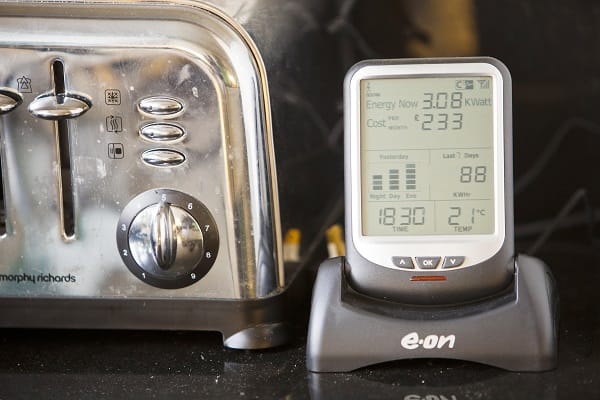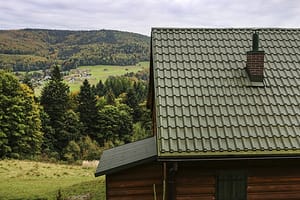Over the last few decades, property developers have become increasingly concerned with energy efficiency. This is so for several reasons.
Why does energy efficiency matter?
For one thing, energy-efficient properties are more affordable to run, and therefore more attractive to would-be buyers. For another, they’re more likely to stay on the right side of building regulations, and to reduce the overall emissions generated by the property over the long-term. If you can prevent waste, then you can create a greener class of building, and play your role in reducing harm to the natural world.
Insulation
Insulation is the primary means through which you’ll improve the heat efficiency of your property. The principle is simple: by putting a barrier between the interior and exterior of your property, you’ll reduce the transference of heat from the former to the latter.
Insulation comes in many different forms. There is mineral wool, which can sit between the joists in your loft, and contain the rising heat. Then there are flatter forms of loft insulation which can sit in the ceiling, allowing you to use the space beneath for living.
Boiler and heating systems
Replacing your boiler, rerouting your pipework, and installing new radiators can all have a marked impact on the heat-efficiency of your property. High-quality modern boilers will tend to be substantially more efficient than older ones. You might also look into alternative heating sources, like air-source and ground-source heat pumps. Plumbing and heating is hugely important when it comes to overall energy-efficiency, and should be given an according amount of attention.
Air tightness
A property can be said to be ‘air tight’ when it doesn’t have any holes through which cold air can travel. Getting rid of your draughts can save a substantial amount on energy, but it can also present problems with ventilation and moisture build-up. As such, air-tight properties need to be designed with air-tightness in mind. Modern windows tend to come with trickle vents which help to deal with this problem.
Air tightness is covered in the building regulations, Part L1A of which specifies that air leakage should amount to no more than ten cubic metres of air escaping, per hour, per square metre of envelope surface area (the ‘envelope’ being the exterior of the property, including the walls and roof.)
Double-glazed windows
Double-glazed windows work by sandwiching a layer of inert gas between two glass panels. This enormously reduces the flow of heat, in the same way that cavity-wall insulation does, and for largely the same reason.
Modern double-glazed windows are sold according to a particular standard. To compare them, you can use the lettered system set out by the British Fenestration Rating Council. More expensive windows might use xenon rather than argon, or triple-glazing rather than double. For most homeowners, you’ll get diminishing returns from this investment.






Leave a Comment